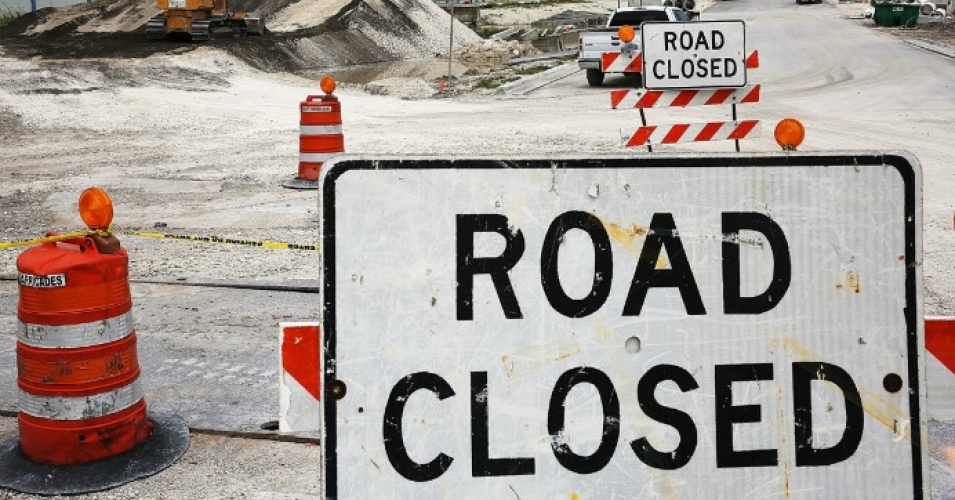To stimulate the economy, create new jobs and generate new GDP requires an injection of new money. Borrowing from the bond markets or off-balance-sheet in public/private partnerships won’t do it. If Congress won’t issue money directly, it should borrow from banks, which create money on their books when they make loans.
The Trump agenda, it seems, is not set in stone. The president-elect has a range of advisors with as many ideas. Steven Mnuchin, his nominee for Treasury Secretary, said in November that “we’ll take a look at everything,”even the possibility of extending the maturity of the federal debt with 50-year or 100-year bonds to take advantage of unusually low interest rates.
Steve Bannon, appointed chief White House strategist, seems to be envisioning Roosevelt-style experimentation with whatever works. “We’re just going to throw it up against the wall and see if it sticks,” he said in an interview posted by Michael Wolff on November 18th:
Like [Andrew] Jackson’s populism, we’re going to build an entirely new political movement. It’s everything related to jobs. The conservatives are going to go crazy. I’m the guy pushing a trillion-dollar infrastructure plan. With negative interest rates throughout the world, it’s the greatest opportunity to rebuild everything. Shipyards, ironworks, get them all jacked up. . . . It will be as exciting as the 1930s, greater than the Reagan revolution — conservatives, plus populists, in an economic nationalist movement.
That sounds promising. Obsolete systems will go and will be replaced. But how to ensure that the replacements are an improvement?

